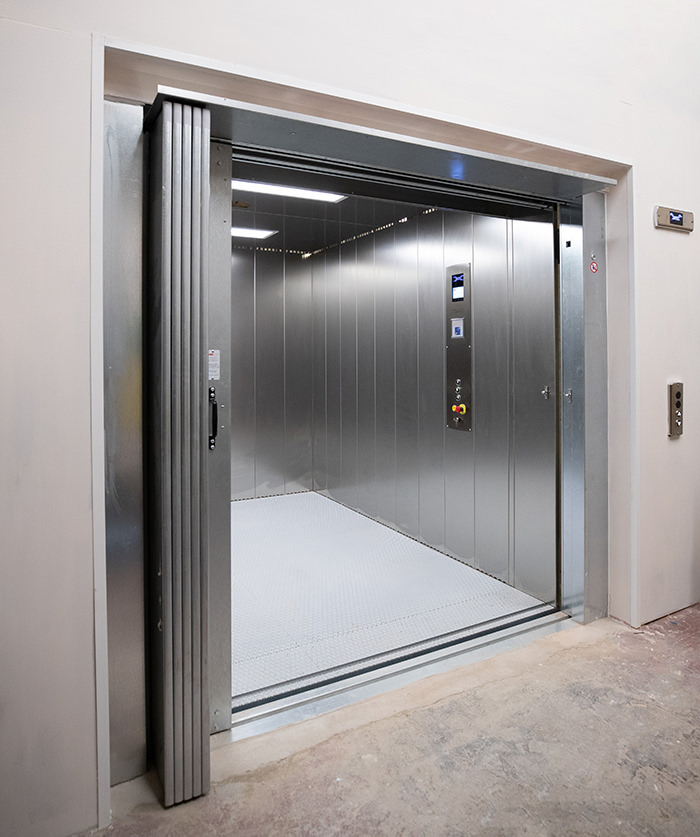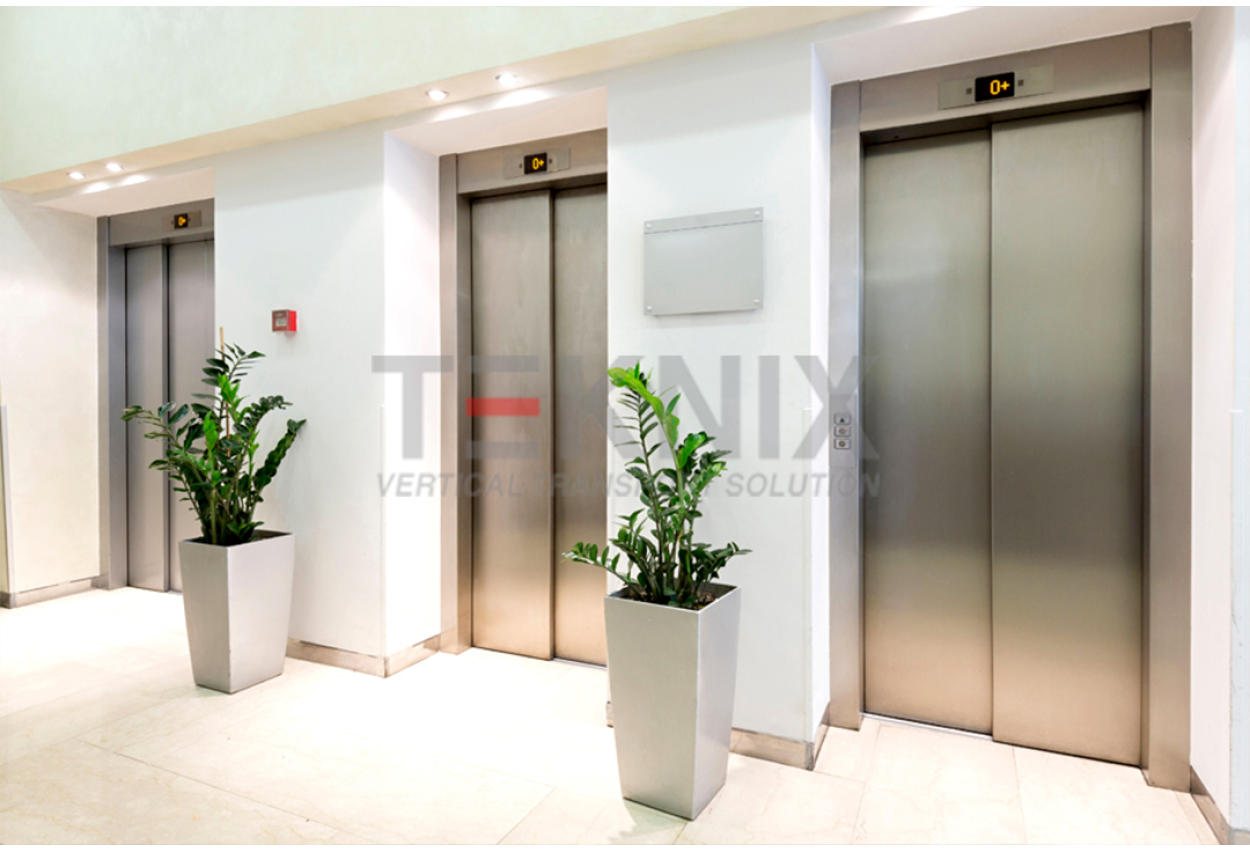Budget Friendly Lift Repair Near Me: Specialist Technicians at Your Service
Budget Friendly Lift Repair Near Me: Specialist Technicians at Your Service
Blog Article
Exploring the World of Lifts: Usual Concerns Faced by Numerous Lift Systems
As we browse through the vertical transportation systems of contemporary buildings, lifts stick out as an indispensable component of our lives. Nevertheless, behind their smooth procedure lies a globe of intricate devices that can occasionally come across challenges. From hydraulic lifts to traction systems and machine-room-less layouts, each lift type features its set of typical concerns. Recognizing these challenges is essential for guaranteeing the smooth performance of these vital systems. Let's explore the complexities that underlie the procedure of lifts and the potential concerns that can develop, shedding light on the complex web of lift systems.
Hydraulic Lifts
Hydraulic lifts, typically favored for low-rise buildings, utilize fluid stress to control the activity of the elevator car (lift repair companies). This mechanism includes a hydraulic pump pressing oil into a cylinder, triggering the lift to move in the desired direction. While hydraulic elevators are understood for their smooth and silent operation, they do feature their very own collection of common issues
One widespread problem with hydraulic elevators is oil leakage. Additionally, issues with the control system, such as faulty valves or a malfunctioning pump, can cause disturbances in the lift's motion.
Routine maintenance and timely repair work are necessary to make sure the smooth performance of hydraulic elevators. By dealing with these typical problems proactively, building owners can minimize downtime and make certain the safety and security and efficiency of their vertical transport system.
Grip Elevators
When considering vertical transport systems in buildings, another usual kind besides hydraulic elevators is the grip elevator. Traction lifts operate utilizing a system of ropes and weights that move the lift car by gripping onto the hoist ropes. This system enables for smoother and much faster vertical transportation contrasted to hydraulic systems.
Among the typical issues encountered by grip lifts is rope wear. The continuous movement of the ropes within the grip system can result in tear and use over time, possibly creating the lift to malfunction or come to be risky for use. Routine evaluations and upkeep of the ropes are necessary to make certain the lift's proper performance and safety and security.
One more concern that traction lifts may experience is connected to the control system. Issues with the control system can lead to problems such as irregular movement, hold-ups in feedback times, and even total closures. Regular testing and upkeep of the control system are essential to avoid such issues and guarantee the lift's dependability.
Machine-Room-Less (MRL) Elevators

Among the crucial elements of MRL elevators is the portable gearless traction machine that is mounted within the hoistway. This machine successfully drives the elevator vehicle without the need for large equipment located in standard traction lifts. Additionally, MRL lifts normally utilize a weight system to balance the car, more enhancing their power efficiency.
Regardless of their benefits, MRL lifts may deal with obstacles connected to repair and maintenance because of the constrained space for devices setup. Availability for servicing components within the shaft can be limited, needing specialized training for specialists. Correct upkeep schedules and routine assessments are essential to make certain the continued smooth operation of MRL elevators.
Overloading and Weight Limitation Issues
Are lifts outfitted to handle excess weight loads effectively and securely? Straining and weight limit concerns are crucial issues in lift procedures. Lift suppliers layout raises with specific weight capacities to guarantee passenger security and devices durability. Surpassing these weight limitations can result in different issues, consisting of mechanical failings, delays, and security risks.
When lifts are overloaded, it places too much strain on the electric motor, cords, and other components, potentially creating breakdowns or failures. If they identify excess weight, security mechanisms such as sensing units and overload sensors are in area to stop elevators from moving. Additionally, going beyond weight limitations can lead to raised energy intake and deterioration on the elevator system.
To minimize overloading issues, constructing managers need to prominently present weight limitations in lifts and inform occupants on the relevance of adhering to these constraints - lift repair companies. Routine upkeep checks by qualified technicians can also assist ensure that elevators are running within secure weight parameters. By addressing overloading and weight limitation concerns proactively, building owners can boost elevator security and performance
Electrical System Failings
Exceeding weight limitations in lifts can not only result in mechanical concerns but likewise possibly contribute to electric system failures within the lift framework. Electrical system failings are an essential worry in lift procedure, as they can create unanticipated shutdowns, breakdowns, or perhaps safety risks. One typical electric concern is the overheating of elements due disabled platform lifts prices uk to excessive present circulation created by straining the elevator beyond its capacity. This can result in harm to the wiring, control, or motor systems, resulting in expensive repair services and downtime.
Normal maintenance and inspections are critical to identify and address prospective electrical problems promptly, making certain the effective and secure operation of elevator systems. By sticking to weight limitations and performing routine electric system checks, building proprietors can mitigate the danger of electric failures in lifts.
Verdict

Hydraulic elevators, often liked for low-rise buildings, make use of fluid pressure to regulate the motion of the elevator cars and truck.When thinking about vertical transport systems lift companies in London in buildings, an additional common kind aside from hydraulic lifts is the traction lift. Grip elevators run utilizing a system of ropes and weights that move the lift vehicle by clutching onto the hoist ropes. Unlike conventional lifts that require a different machine space to house the equipment, MRL elevators incorporate many of the elements within the shaft, removing the requirement for a committed device area.In conclusion, elevators encounter common problems such as hydraulic breakdowns, grip system failings, and electrical system issues.
Report this page